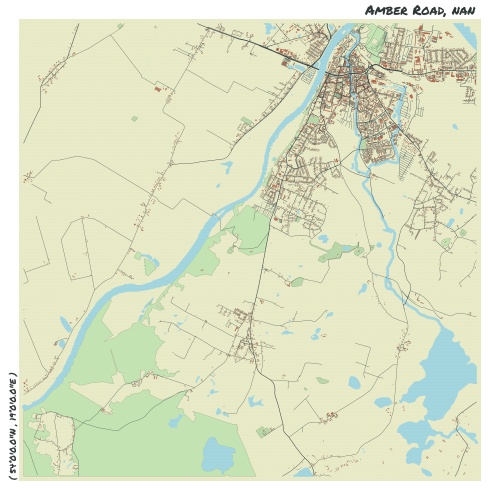Understand
The Amber Road, a historic trade route, flourished in the Baltic region due to the abundance of amber deposits. While the exact establishment of this route remains uncertain, evidence from prehistoric times suggests its existence even before the Roman era. Encompassing the Danube region near the mouth of the Morava River, the Amber Road connected the trans-European North-South route with the old East-West route. At the convergence point, the Romans built the formidable Carnuntum Legionary camp. This marked the convergence of an extensive network of Roman roads spanning over 2,000 kilometers from the Baltic Sea. Along this prestigious route, prosperous cities like Scarbantia (Sopron, Hungary), Savaria (Szombathely, Hungary), Poetovium (Ptuj), Celeia (Celje), and Emona (Ljubljana, Slovenia) thrived. Further, the section known as Via Gemina flawlessly connected Emona to Aquileia, the vital Venetian capital and paramount Adriatic port within the Roman Empire. You can still observe remnants of the Roman Amber Road in Austria's Burgenland, Hungary, Slovenia, and of course, Aquileia, Italy.



Comments
NO COMMENTS